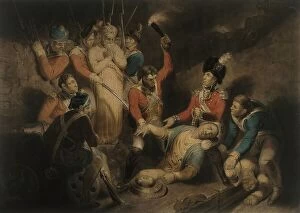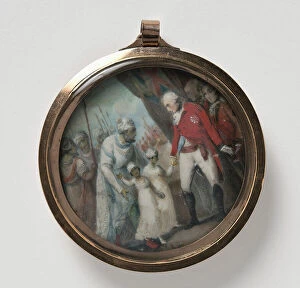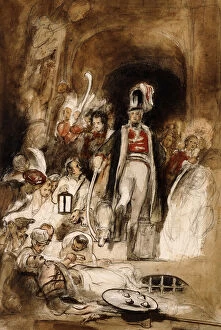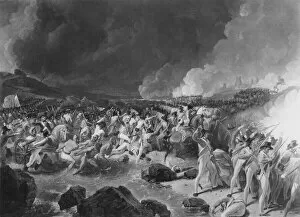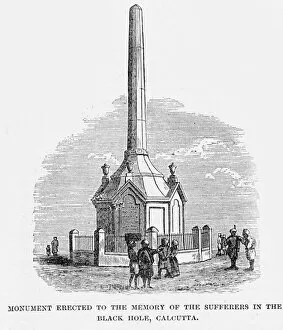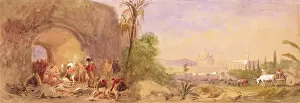Tipu Sahib Collection
"Remembering Tipu Sahib: A Warrior's Demise and a Nation's Loss" In the annals of history, one name stands out as a symbol of resistance and valor - Tipu Sahib
All Professionally Made to Order for Quick Shipping
"Remembering Tipu Sahib: A Warrior's Demise and a Nation's Loss" In the annals of history, one name stands out as a symbol of resistance and valor - Tipu Sahib. Born in 1751, he rose to become the Sultan of Mysore, fiercely defending his kingdom against British colonial forces during the Fourth Anglo-Mysore War. The Siege of Serigapatam in 1799 marked a turning point in Tipu Sahib's life. As depicted in engravings and lithographs from that era, it was here that he met his tragic end. Sir David Baird, an English officer, discovered the fallen body of this formidable warrior after capturing Seringapatam on May 4th. These artistic renditions capture not only the momentous event but also its aftermath. In pencil sketches and mezzotints, we witness Baird uncovering Tipu Sahib's lifeless form amidst the chaos of battle. The poignant watercolor painting shows his family mourning over their beloved leader at Srirangapatna. Tipu Sahib's death reverberated across India; it was seen as both a personal loss for his family and a blow to Indian independence movements. His sons were taken hostage by the British as depicted in striking lithographs while Sewandroog is showcased through detailed illustrations highlighting its strategic importance. "The Storming of Seringapatam" engraving immortalizes this historic battle where brave soldiers fought valiantly against overwhelming odds. It serves as a reminder of Tipu Sahib's indomitable spirit even when faced with defeat. Today, these artworks serve as windows into an extraordinary chapter in Indian history - one filled with heroism and sacrifice. They allow us to reflect upon the legacy left behind by Tipu Sahib, whose unwavering determination continues to inspire generations. As we gaze upon these images depicting moments frozen in time, let us remember Tipu Sahib.



